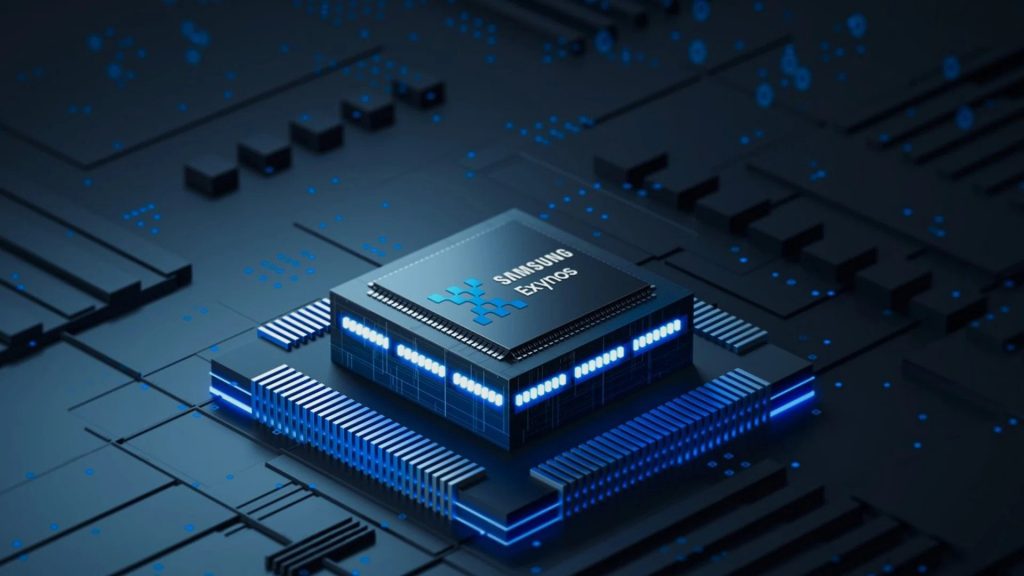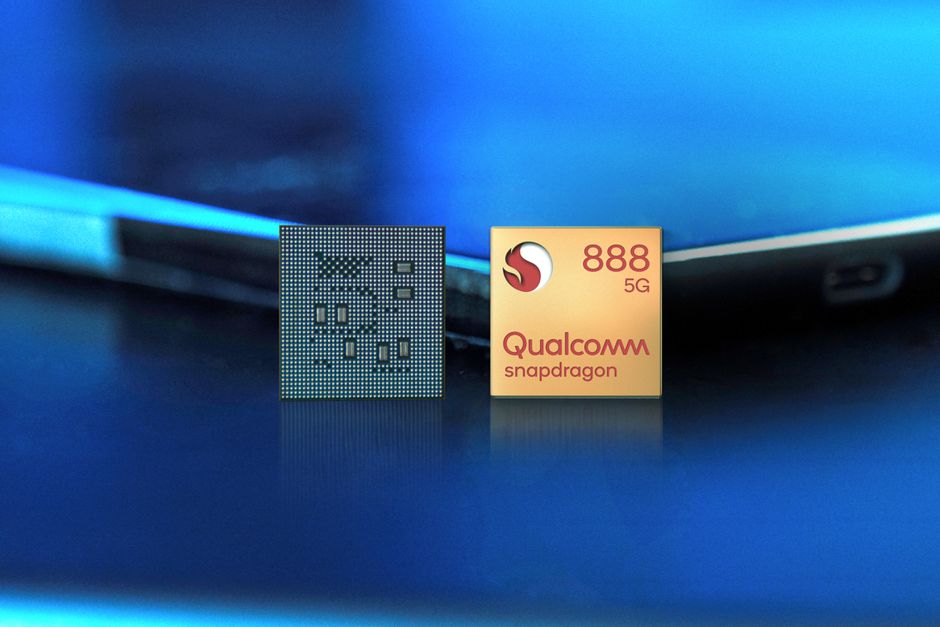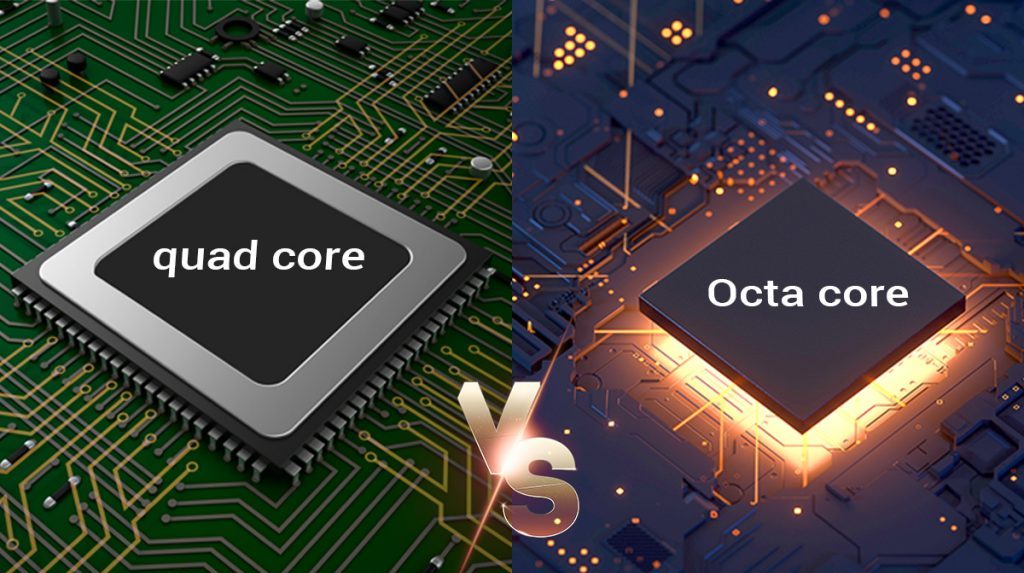Buying a smartphone can be quite tough nowadays. With a wide range of choices available, it can be quite difficult to pick the perfect smartphone for you. The major issue here though is that it is difficult to understand the specifications of a smartphone completely and hence, this makes it more difficult to choose the ideal phone. You might have got yourself confused by hearing terminologies like Snapdragon, Exynos, Kirin, and MediaTek. These are the chipset, a component that controls everything going on in your smartphone and ensures it functions correctly.
So, why do not you start understanding the chipset, the term that you have probably heard many times while going through the specifications of a smartphone?
What is a chipset?

A chipset on a smartphone is most usually termed as a system on chip (SoC). You may have come across this term in smartphone specifications and reviews. An SoC or chipset is an integrated circuit that essentially combines together all basic components of a computer system on one chip. This means your processor (or CPU), graphics processing unit (GPU), memory controller, modem, and other controllers are built into this single chip, and that is the chipset. A smartphone chipset provides a core set of functions ranging from cellular communication to wifi and Bluetooth communications, general computing, power management, memory and storage interface, and peripheral interfaces.
How does it work?

Let’s suppose you are opening a few pictures on an app. This action is registered by the processor and stored in the memory of your device. That is known as the fetching phase. The action is then translated to ones and zeros (in binary) in the decoding phase. The instructions are now saved in a language a smartphone understands. It is now ready for the execution phase. The processor transmits the ones and zeros, and you can see it all happen on the screen. Your pictures are opened. Finally, the executed instructions are saved in the register memory during the saving phase. Afterward, the process will restart.
What determines the processor speed?

The speed at which a processor processes a certain action depends on a number of factors, like the number of processor cores. The clock speed is another important aspect. Processors with low clock speeds and sometimes a smaller number of processor cores work more slowly than processors with high clock speeds and a large number of processor cores. Due to this, the actions performed on a cheaper smartphone are processed more slowly than those on a more expensive model.
What is the clock speed?

The clock speed determines how many instructions the processor can execute per second. A processor with a 1-gigahertz (GHz) clock speed can process 1 billion instructions per second. The general rule is that higher clock speeds make the phones faster. You can often see this with more expensive smartphones. Their processor cores have higher clock speeds than those of more affordable devices. The number of processor cores also influences the speed of your smartphone.
What are processor cores?

A processor consists of multiple cores: dual, quad, hexa, and octa. Processor cores distribute the work that comes in when you use your phone. One core has a maximum number of instructions it can process within a certain amount of time. If you perform a lot of actions on your smartphone, a queue of sorts will form. If this queue gets too long, a part of it will go to the next core. This ensures your smartphone will keep functioning smoothly. So when your phone has more cores, you will be able to multitask without any lagging problems.





















